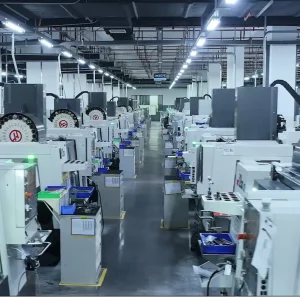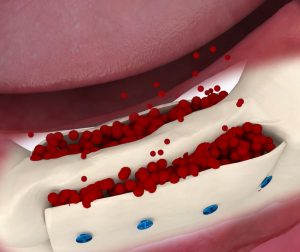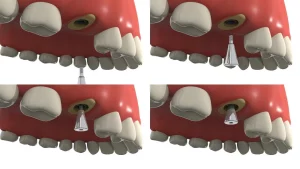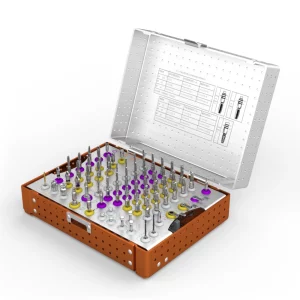Dental implants are now a necessary tool in the field of contemporary dental implantology for restoring lost teeth. However, the maxillary sinus and the ensuing bone resorption often cause inadequate bone volume in patients in the posterior areas of the upper jaw, which makes implant placement difficult. Thankfully, sinus lift surgery offers a practical way to deal with this problem, enabling patients to regain both appearance and functionality.
Internal sinus lift surgery, also known as an internal sinus lift, is one of the most popular sinus lift treatments. This surgery provides a safe and effective treatment alternative using precise surgical procedures and specialised tools. This article will discuss the fundamentals, procedures, and equipment needed for internal sinus lift surgery. It will also discuss the distinctions between internal and external sinus lifts and their respective benefits.
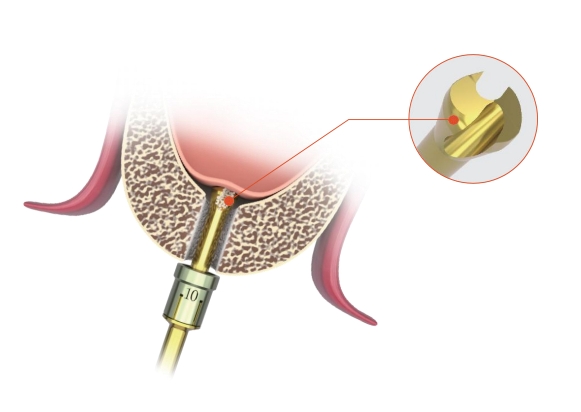
1. What is internal sinus lift surgery?
The maxillary sinus is a hollow in the upper jawbone that is usually more noticeable in the back. The amount of accessible bone is decreased over time by bone resorption in the upper jawbone, particularly after tooth loss. In the meantime, the maxillary sinus might enlarge and take up the area that would normally be used for implants. Because of this, a lot of patients have trouble getting implants placed at the back of their upper jaw.
By raising the sinus floor and providing enough room for bone grafting materials, internal sinus lift surgery enables secure implant implantation. To ensure a proper implant implantation, the sinus membrane is gently lifted and bone grafts are used to fill the empty area. Because internal sinus lift surgery is less intrusive than external sinus lift surgery, it may be used in instances where there is considerable bone loss but no major sinus expansion.
2. Steps in Internal Sinus Lift Surgery
- Getting Ready for Surgery
For the surgery to be effective, preoperative assessment is essential. Dentists usually do imaging tests (such CBCT scans or X-rays) and oral exams to evaluate the surrounding architecture, sinus cavity structure, and bone volume. The appropriate surgical strategy is chosen based on the patient’s condition in order to guarantee the greatest possible result. - The Operative Process
Usually, a little incision within the mouth is used to accomplish the surgery. Among the general steps are:
- Making a Bone Window: To make a bone window, a tiny cut is made on the maxilla’s exterior, and then precise tools are used to drill the hole carefully. This makes the sinus floor accessible.
- Sinus Membrane Elevation: To provide extra room, the sinus floor is gradually raised using a specialised sinus membrane elevator. This process needs careful management to prevent injuring the sinus membrane.
- Bone Grafting: To encourage bone regeneration and provide a strong foundation for the implant, bone grafting materials (such as autogenous bone, allografts, or synthetic bone) are inserted into the area produced by the sinus lift after the membrane has been raised.
- Suturing: The healing process starts when the incision is sutured shut after the completion of the grafting.
- Recovery and Postoperative Care
To provide the best possible recovery, postoperative care is crucial. In order to prevent infection, patients are usually recommended to use cold compresses for the first 24 hours, take antibiotics as directed, and refrain from activities that might raise sinus pressure, including blowing their noses or sneezing. To keep an eye on the implants’ stability and the healing process, regular follow-up appointments are required. - Internal Sinus Lift Kit: Instruments for Internal Sinus Lift Surgery
Specialised tools called the Internal Sinus Lift Kit are utilised to guarantee accuracy and safety during the process. These instruments are made especially for sinus lift surgery, which makes bone grafting and membrane elevation safe and efficient.
3. Common components of an internal sinus lift kit:
A tiny bone window is made in the sinus wall using precision drills. There is little chance of harming the sinus membrane or surrounding tissue because to their architecture.
The purpose of sinus membrane elevators is to properly raise the sinus membrane to provide room for the bone grafting material. To prevent rupturing the membrane in the procedure, accuracy is essential.
Bone Graft Fillers: With the use of these instruments, the surgeon may precisely insert bone grafts into the opening made by the sinus lift.
Stents and Guides: During surgery, guides are utilised to guarantee precise tool placement, reducing risks and avoiding slippage.
Using these specialised instruments during an internal sinus lift technique improves patient outcomes, lowers complications, and increases surgical precision and efficiency.

4. Two Main Types of Sinus Lift Surgery
Sinus lift surgery generally falls into two categories: Internal Sinus Lift and External Sinus Lift.
- Internal Sinus Lift
The internal sinus lift is suitable for patients with moderate bone loss and no significant expansion of the sinus cavity. It involves a smaller incision and less invasive technique, making it the preferred option for many cases. The recovery time is shorter, and the procedure is less traumatic. - External Sinus Lift
The external sinus lift is more suitable for cases where the sinus cavity has expanded significantly, and there is severe bone loss. It requires a larger incision and a more extensive procedure, with a longer recovery period. Despite the greater invasiveness, external sinus lift is necessary for more complex cases.
5. Indications and Benefits of Internal Sinus Lift Surgery
- Indications
Patients with moderate bone loss in the posterior upper jaw.
Patients whose sinus cavities have not significantly expanded, and the sinus membrane is intact. - Benefits
Less Invasive and Faster Recovery: The internal sinus lift involves a smaller incision and less disruption of surrounding tissues, leading to a quicker recovery.
High Precision: Specialized instruments ensure accurate membrane elevation and bone graft placement, reducing risks and promoting successful outcomes.
Fewer Complications: Compared to external sinus lifts, internal sinus lift surgery carries a lower risk of complications and discomfort, making it a safer option for many patients.
6. Postoperative Care and Recovery
Postoperative care is vital for ensuring that the procedure heals properly. Common care instructions include:
- Cold Compress: Applying cold compresses during the first 24 hours can reduce swelling.
- Antibiotic Therapy: To prevent infection, antibiotics are typically prescribed.
- Avoiding Pressure: Activities that may increase sinus pressure, such as sneezing or blowing the nose, should be avoided to ensure proper healing.
- Regular Follow-ups: Patients should attend follow-up appointments to monitor the healing process and ensure the stability of the implant.
7. Conclusion
Internal Sinus Lift Surgery is an effective and minimally invasive technique for addressing bone deficiency in the posterior maxilla. By elevating the sinus membrane and adding bone grafting materials, the procedure creates the necessary space for stable implant placement, improving both function and aesthetics for patients. With precise surgical techniques and specialized instruments, such as the Internal Sinus Lift Kit, internal sinus lifts offer high success rates and fewer complications compared to more invasive procedures.
As advancements in dental surgery continue, the role of internal sinus lift surgery will become even more critical in helping patients achieve long-term, stable dental implants, restoring both their smiles and their confidence. If you are interested in learning more about internal sinus lift surgery or need further information, feel free to reach out to us for a consultation.

